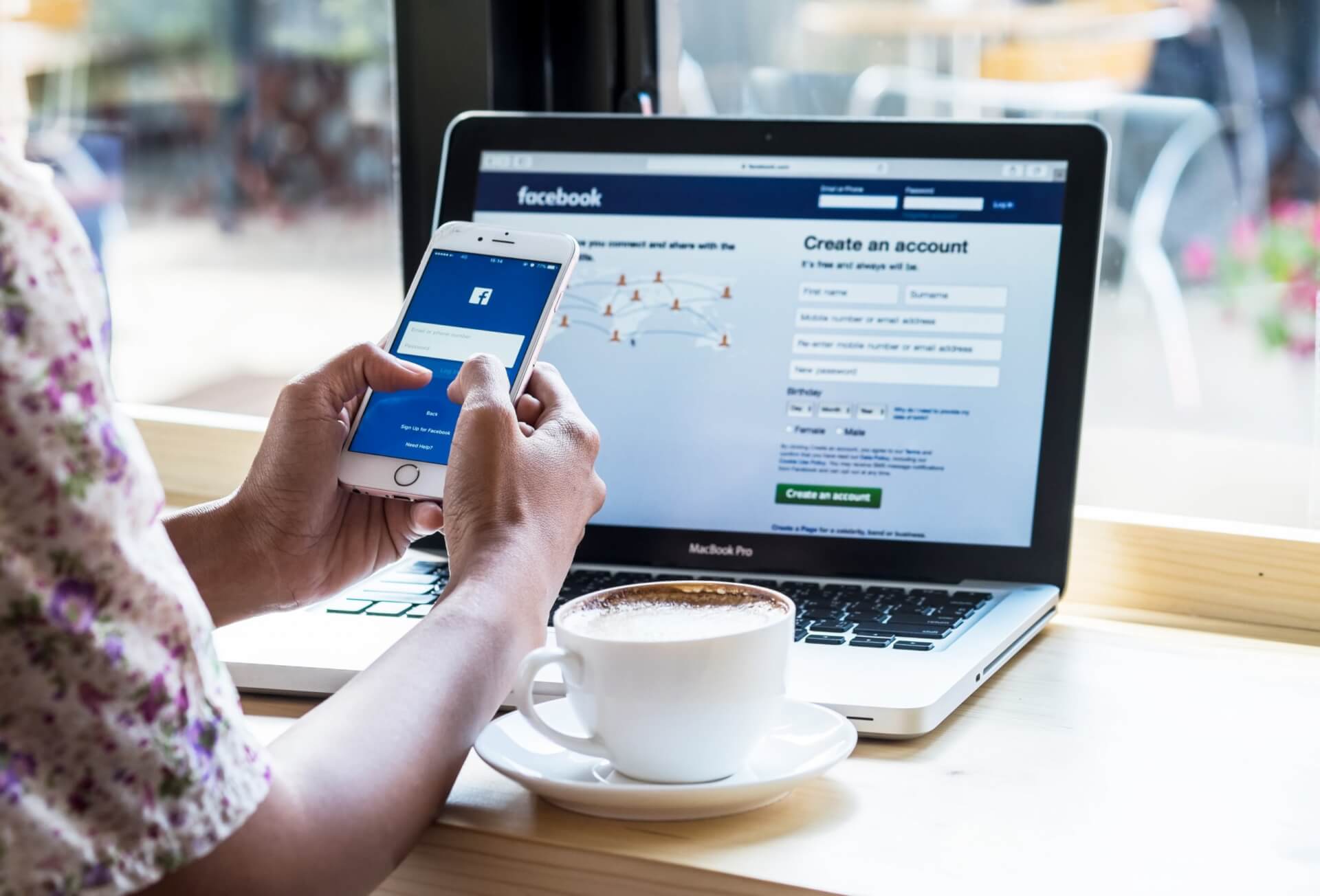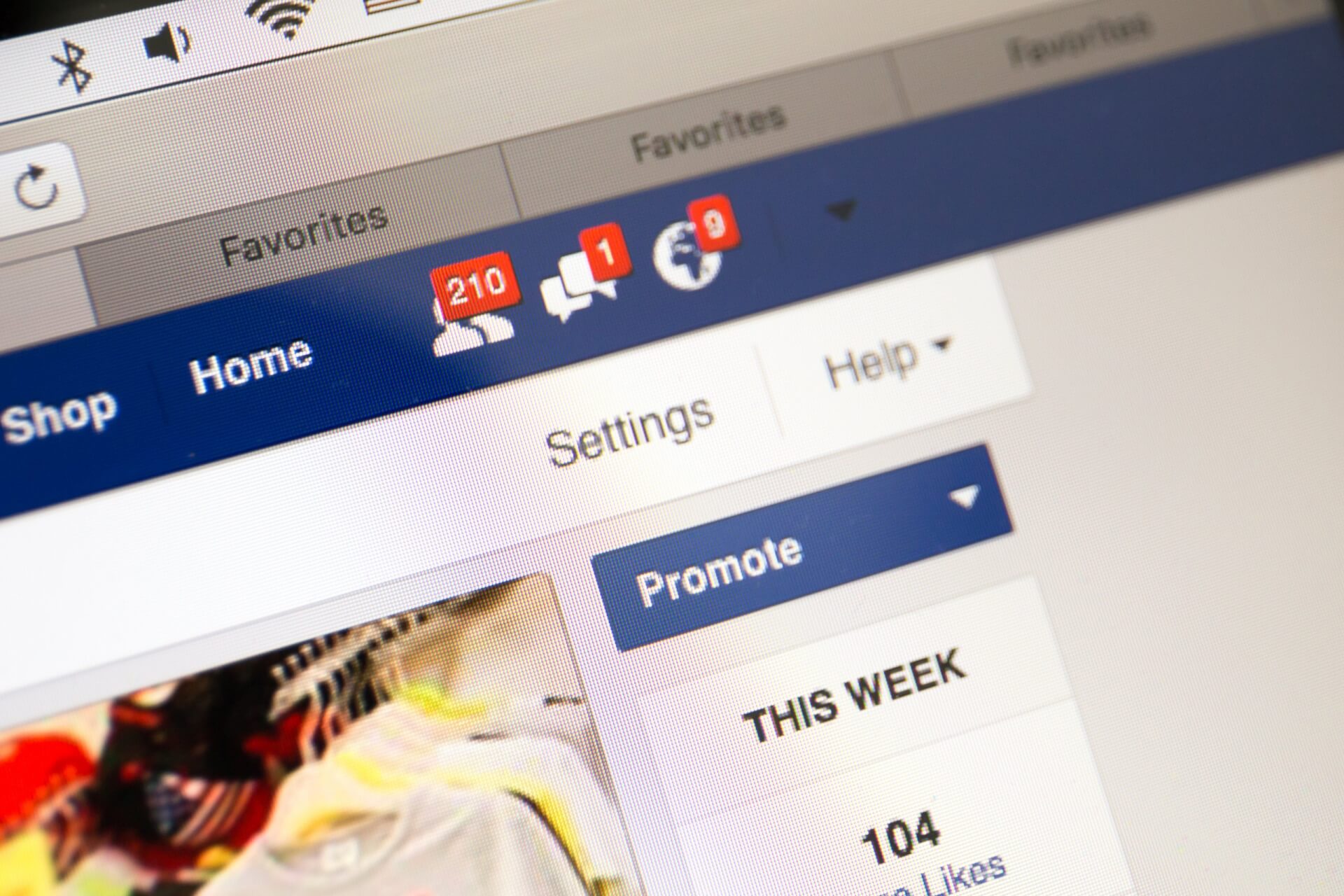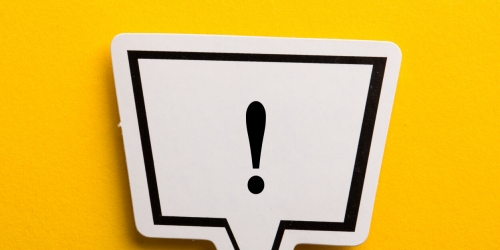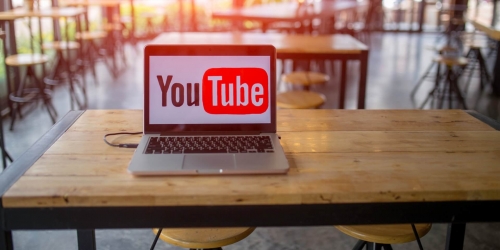Facebook Promotion Guidelines For Online Store Owners

Do you need expert assistance while planning your first marketing activities on Facebook ever? These Facebook promotion guidelines will definitely come in handy! With their help, you’ll be able to launch an cost-effective and catchy campaign and make your business known to a wider audience!
It’s quite common for ecommerce newcomers to be puzzled over Facebook promotions. For a person with no previous experience in digital marketing, this whole new area of action might even seem a bit overwhelming.
So, we’ve answered 7 most common beginners’ questions to help entrepreneurs understand what they need to do if they want to promote their online stores on Facebook successfully. Here we go!
General Facebook Promotion Guidelines
#1 Is it a must to promote my store on Facebook?
Obviously, the answer to this question heavily depends on your particular business situation. More specifically, you need to take your store niche and your target audience’s preferences into account.
However, it’s worth mentioning that Facebbok is an exceptionally popular social network with an incredible global coverage. As of January 2020, there are 2.4 billion monthly active Facebook users worldwide.

Most certainly, it opens up incredible promotional opportunities for online business owners. As you can see from the graph above, wherever your potential customers live, you can easily reach them with targeted Facebook posts and ads. Isn’t that exactly the outcome you’re hoping to achieve with your promotions?
#2 What are the possible ways to promote my business on Facebook?

As soon as you get a dedicated Facebook page for your store promotion, you can start taking your marketing steps in 2 general directions.
The first strategy is to post entertaining, educational, and promotional entries in your feed on a regular basis, and share them in other Facebook groups to attract more users’ attention.
For this purpose, you first of all need to join several Facebook groups that are related to your store niche. As an approved group member, you are allowed to share posts from your own timeline in this group as well. This article explains a step-by-step process of executing this zero-cost Facebook promotion strategy.
By the way, if you want to streamline this process, you can always go for a time-saving solution and create engaging posts for your Facebook feed on autopilot. Read this case study to see how we multiplied our experimental store’s profit with the help of an automated SMM solution!
The second way to promote your store on Facebook is to create and run paid advertising campaigns. In this case, you need to create a catchy promotional message, define some crucial settings such as the campaign duration and the audience specifics, and pay Facebook for the campaign execution. In the official Facebook instructions, you can learn more about the general rules and requirements for paid ads placement.
#3 Do I need to register a business account on Facebook?
If you’re only planning to promote your store on Facebook through free posts placement and sharing, you don’t need to create a business account.
However, it will be necessary to get one if you decide to carry out paid ads campaigns. In this case, you’ll need to go to Facebook Ads Manager that gives you access to your Facebook Ads dashboard and lets you administer promotions. You will be able to add and manage up to 5 Facebook pages through your Business Manager account.
#4 What content should I post if I choose the free Facebook promotion strategy?

In order not to make your audience (and other groups’ subscribers) bored with repetitive posts, you need to work on mixed content. It’s a great idea to create diversified posts that:
- Demonstrate and describe your products
- Announce sales
- Introduce special offers and new arrivals
- Share your store news
- Show your buyers’ feedback
- Contain polls and surveys
- Ask for the followers’ opinion on your products, services, or social media content
The main idea here is to keep your readers’ interested and engaged, prompting them to take part in discussions and conversations under your posts.
Facebook promotion guidelines for paid ads
#5 How should a promotional Facebook post look like?

Whether you’re making a usual entry to put in your feed, or a post to share in someone else’s group, or an ad, it should contain:
- Visuals
The visual part of your entry can be either a catchy high-quality picture or a short captivating video. Its purpose is to grab the viewers’ attention and make them interested in examining your post further.
- Text caption
To comment or explain your visuals, come up with a short text of 150-200 characters. Don’t forget to speak your audience’s language and appeal to your potential buyers’ personal interests!
- Call to action
Some part of your post needs to encourage your followers to take a specific action. Maybe, you want them to visit your website, or check out a particular product, or take part in a contest, or share their experience of buying from you… Make this request clear and obvious!
- Hashtags
Hashtags help social media users filter content and find the most interesting entries that are relevant and valuable to them. Don’t underestimate the importance of hashtags and complement your posts with 2-4 of them. It’s a good idea to mix your own brand hashtag with a couple of more broad ones to widen the potential reach of your post.
#6 How to target the audience correctly while planning Facebook Ads?

First of all, you need to have at least some general understanding of your potential customers’ demographics, online behavior, and personal interests. This is crucial because while creating the advertisement campaign on Facebook, you’ll need to fill in several fields defining the audience that will see your ad:
- Location (country, city, state, etc.)
- Demographics (age, gender, relationship status, etc.)
- Interests and hobbies
- Behavior (previous purchases, devices usage, etc.)
- Connections to your Facebook page (followers, commenters, etc.)
Marking up the necessary answers, you’ll create a new audience. You will be able to save it and use it for your next promo campaigns in the future.
In case you want to define your audience with an even higher level of precision, you can also use:
- Custom audiences
- Lookalike audiences
Custom audiences include people who have already interacted with your business in some way:
- Shared their email addresses, phone numbers, or Facebook IDs with you
- Visited a specific page on your website recently
- Took some particular actions in your desktop or mobile app (if you have any)
- Engaged with certain ad types on your page
Clearly, custom Facebook audiences are absolutely great to work with. The reason is, they consist of highly interested users who are quite likely to convert to buyers. Read this official Facebook guide to learn how to create these audiences correctly and achieve better results of your promotions!
Lookalike audiences, in turn, consist of people who have never interacted with your business before.The reason why these users get included in your ad audience is their similarity to your custom audience members.
Facebook uses its own special algorithm to analyse your already existing custom audience and generate an absolutely new audience on its basis. It will consist of the people who share some significant features (hobbies, interests, behavior patterns, etc.) with your custom audience representatives. Therefore, these people will also be likely to get interested by your targeted ads and consider buying your products. To learn more about creating a lookalike audience, please refer to this official Facebook guide.
#7 How much money should I spend on my Facebook promotion?

Strictly speaking, there isn’t a fixed sum of money that you necessarily need to invest in your Facebook ads. Actually, it’s perfectly fine to go with free promotional methods until you get enough funds for a series of ads.
The thing is, there is no point in running a limited sequence of 1-2 ads only. Even if you do, you won’t have enough data to analyze these ads’ performance correctly and understand which of your strategies work best.
To get enough data on your ads performance and understand what can be improved, it’s recommended to try 3-4 different ad types during 1 month. Facebook has minimal budget requirements for each of the ad types it offers, so it’s up to you to do the math and calculate the cost of your first Facebook ads campaign.
After the campaign is over, you’ll get the chance to measure its results and reconsider your advertising expenses if necessary. With more testing, you will eventually find a combination of Facebook ad types that works most efficiently for your business and your audience – and has the lowest cost.
We hope these Facebook promotion guidelines will be helpful to you! Apply them to your marketing strategy, choose the techniques you like the most, and don’t forget to use automated social media solutions if you need a time-saving way to produce great content for your page!








